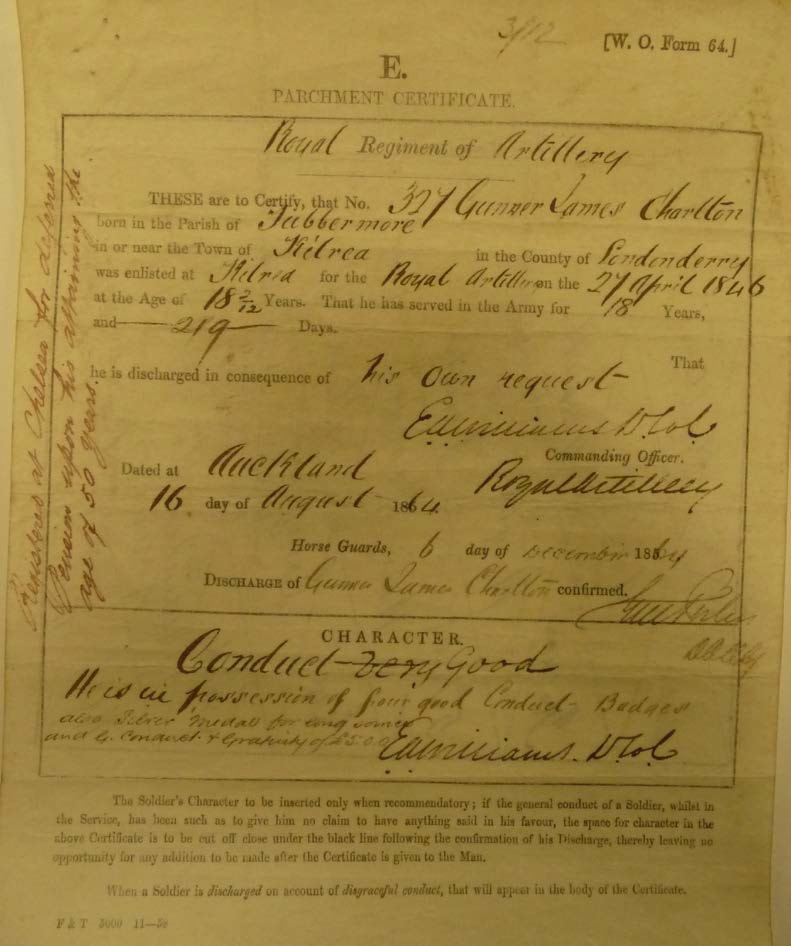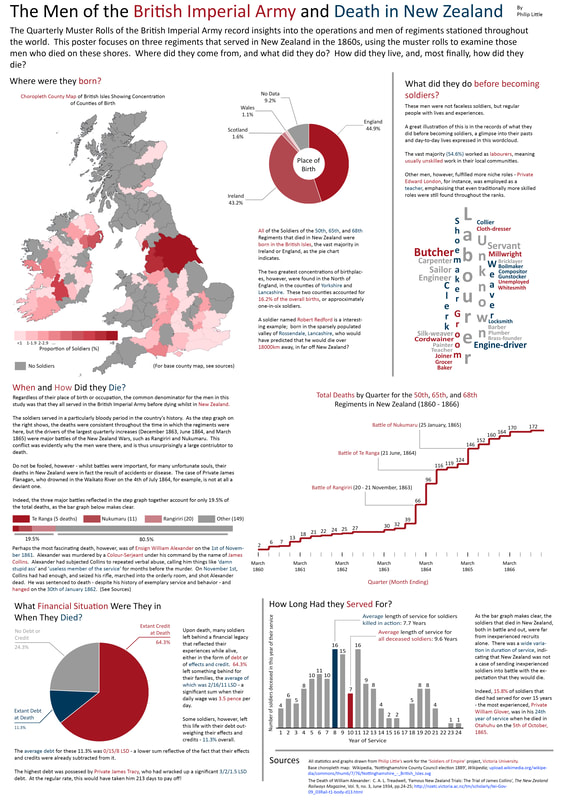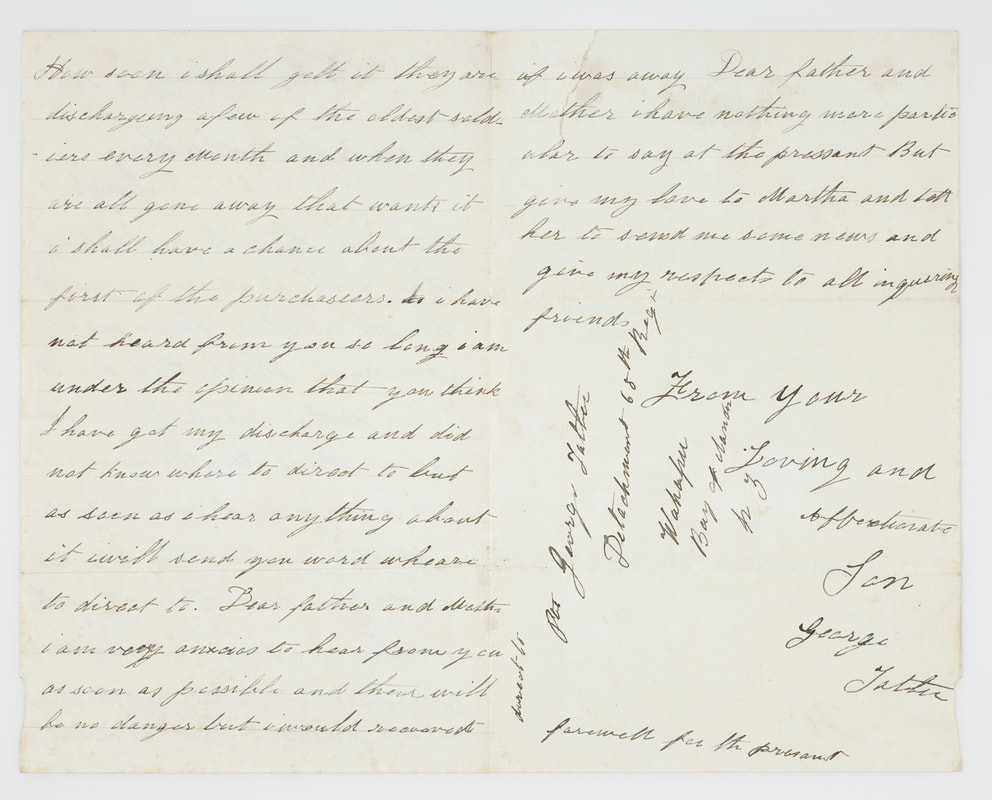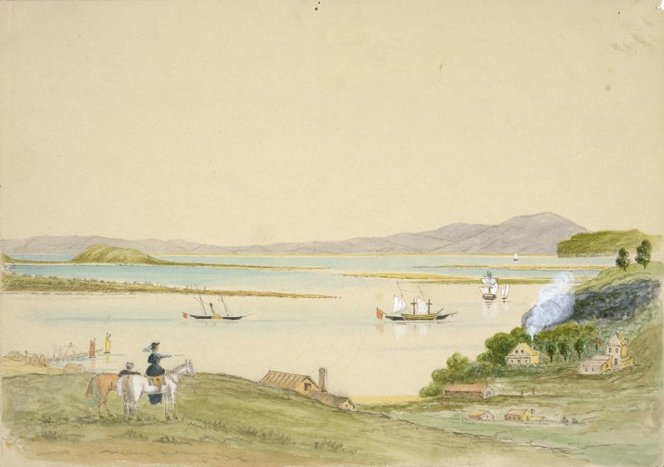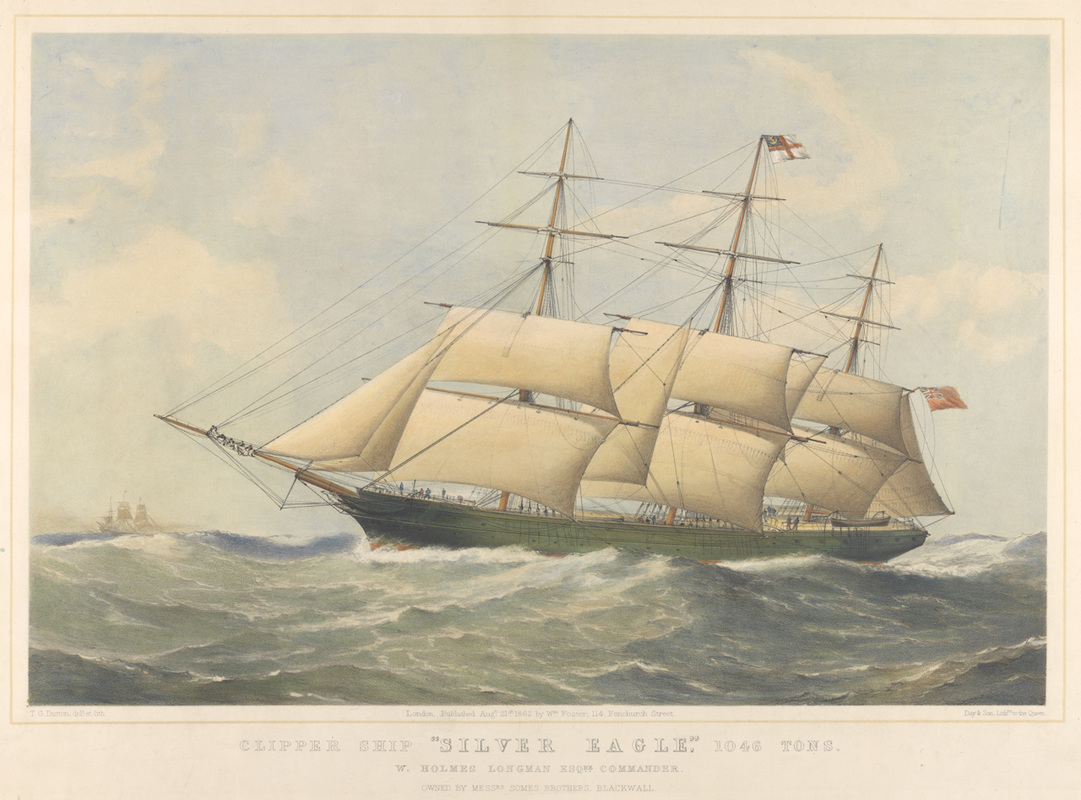SOLDIERS OF EMPIRE
Research ExplorationsFollow the links below to see explorations of some of our research questions.
|
The Project
|
|
Theses and publications
MA Theses completed under the umbrella of the Soldiers of Empire project, publications from the project, and an overview of our 2017 symposium. Glittering temptations: Gold or Soldiering?
The experience of the men of the 70th regiment, split between regimented Otahuhu and gold-crazed Dunedin in 1861, offers a fresh perspective on the discipline and disobedience of the British led-government forces involved in the Wars of the 1860s. Mapped across space and time, deaths, discharges, desertions, court martials, and casualties of this group of men provides at once a broad and intimate depiction of the garrison presence in New Zealand. The resources below were developed by 2019/20 Victoria University Summer Scholar Maggie Blackburn and are based on War Office files for the New Zealand based regiments, primarily the 70th regiment, as well as the Otago Police Gazette. |
|
Charles Otho Montrose: British Army Deserter - A StoryMap
During the New Zealand Wars, thousands of men deserted the British Army while stationed in New Zealand. What happened to them after they left the army? An unknown number of men quietly rejoined settler society, and established themselves as people of influence in the new settlement towns. Charles Otho Montrose was a British Army deserter whose life after the wars can show us the way deserters' lives could overlap war and settlement. |
|
The Men of the British Imperial Army and Death in New Zealand
A summary of the major findings of Philip Little's examination of the Effects and Credits pages of the quarterly muster rolls for the 50th, 65th, and 68th Regiments. |
|
War by post and bullet - soldiers in the empire's postal network, 1860-1870 - a StoryMap
Improvements in global transportation and communication facilitated the emergence of the postal service and made the world a much smaller place during the nineteenth century. Postal remnants allow us to see who used the postal service, how messages were transported as well as the nature of those messages. |
|
The role of the Commissariat during the Waikato Campaign, 1863 - 1864 - a StoryMap The 1860s wars were battles of economies as well as of weapons. Keeping soldiers fed and adequately supplied involved huge expenditure, and supplying these rations meant big business. |
|
The route to the Waikato - a StoryMap Getting food supplies from Auckland wharves to inland redoubts and camps was a major undertaking. |
|
Journal of S.P.T. Nicholl A year in the life of 22 year old Ensign Spencer P.T. Nicholl, 43rd Regiment of Foot, 1863-4 |
Banner image: Detail of Breech loading rifle, Snider action, made by the Royal Small Arms Factory, Enfield, England, 1861. Calibre .577, Museum of New Zealand, Te Papa Tongarewa, DM000046
Favicon image: Thomas Matravers album, Sir George Grey Special Collections, 3-137-26d, Auckland Libraries
Favicon image: Thomas Matravers album, Sir George Grey Special Collections, 3-137-26d, Auckland Libraries
Copyright © 2021
